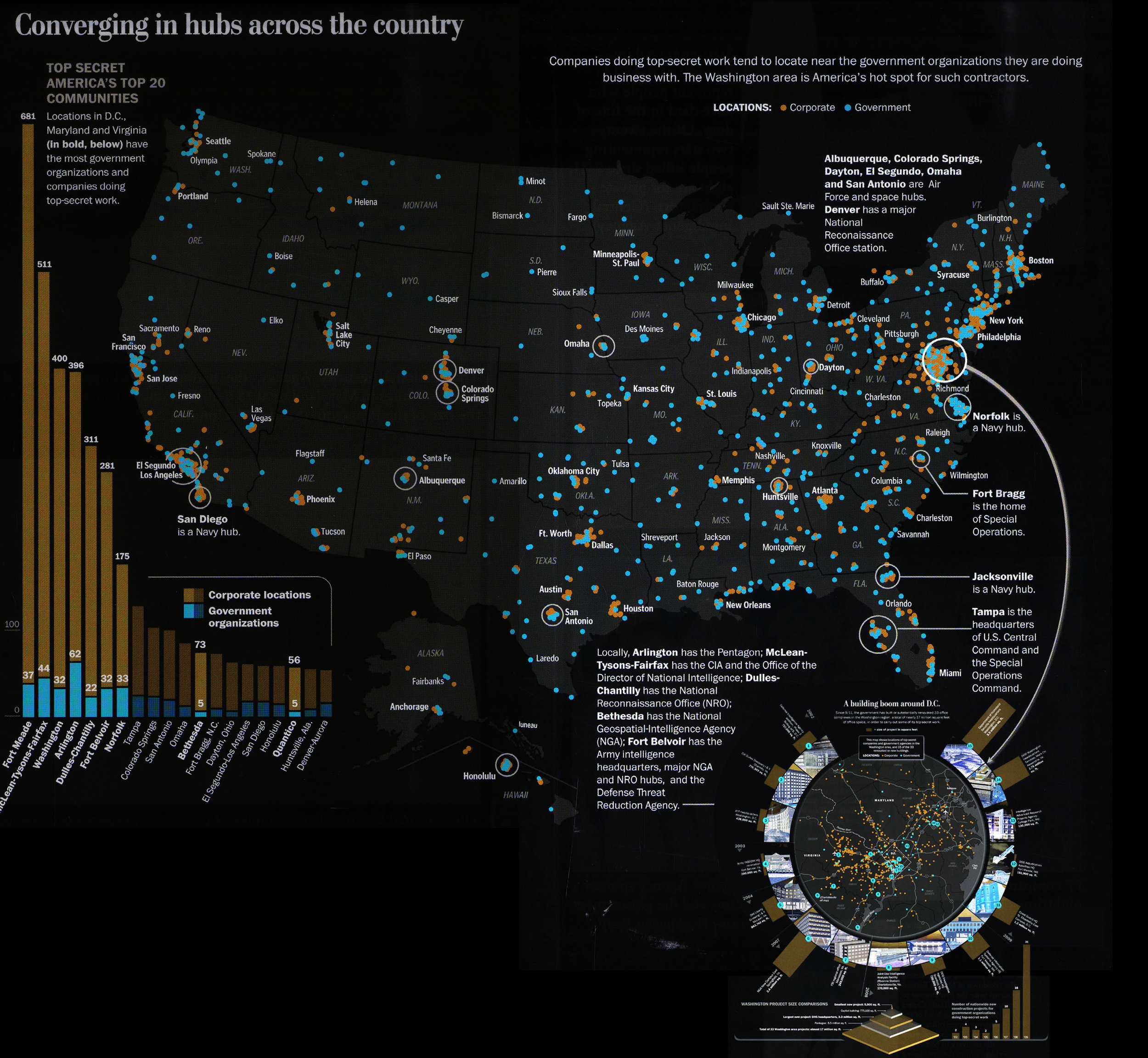
Thesis: Covert Space
ABSTRACT
The terrorist attacks of September 11, 2001 in New York and Washington DC triggered the largest and most sweeping reform of America’s national security infrastructure in the history of the United States. The attacks ushered in new legislation which not only created hundreds of secret counterterrorism programs within the Department of Defense and the Intelligence Community, but also lifted existing restrictions against covert actions, that is, secret activities conducted by the United States outside the legal framework of U.S. and international laws.
Such substantial growth and increased reliance on covert activities is significant for architecture and urbanism not only because it has resulted in the construction of hundreds of new buildings for agencies performing secret work, but also because covert statecraft has resulted a new conception of public space.
The following thesis discusses the last decade’s substantial growth of secret counterterrorism and intelligence programs in the United States and its effects on the built environment, particularly in the Northern Virginia Technology Corridor immediately south and west of the nation’s capital. The thesis further speculates on the larger implications of covert action on the emergence of new building typologies and the relationship between human relations and spatial organization.
For full document, follow link:
https://drive.google.com/file/d/1cAH_BMktvpWlewGL5Arqvzv-DoLpCvny/view?usp=sharing